|
Hands-on science activities engage our children and encourage their curiosity. Here are some simple and fun science experiments that require minimal materials but address many questions that kids have pondered. Let's embark on a journey of discovery and learning! Balloon Rockets (Force Experiment)Question: How does the size of the balloon affect the distance the rocket travels? Hypothesis: The larger balloon (will/will not) make the rocket travel farther. Materials: balloons, string, straw, tape, measuring tape Procedure: 1. Tie one end of the string to a chair, door knob or something that can support it. 2. Slip the straw onto the string at the other end. 3. Tie the other end to another support so that the string is taut. 4. Inflate balloons of different sizes (pinch them closed, don't tie them), attach them to the straw with tape, release them and measure the distance each one travels. Observations: Measure distances each balloon rocket travels and record the results.. Conclusion: Analyze the data and determine if the hypothesis was correct or not. Discoveries: As the air rushes out of the balloon it creates a force motion called "thrust" that propels the balloon forward. The size of the balloon will determine the amount of thrust provided and how far the balloon will travel. Egg Drop Challenge (Gravity Experiment)Question: Can an egg be dropped from a rooftop without breaking? Hypothesis: With the right materials and design, the egg can be protected from breaking when dropped. Materials: Eggs, various materials for padding (e.g., cotton balls, bubble wrap, foam, tissue paper) tape, string, plastic bags, small boxes, other household materials for building a protective structure, ladder or access to a roof Procedure: 1. Create a protective structure to hold the egg 2. Attach the egg 3. Drop the structure from the roof Observations: Record the type of material and structure created to protect the egg. Record whether to the egg remained intact or broke. If this was done with several different structures, record each one and the results. Conclusion: Identify the materials and design strategies that were most successful in protecting the egg from breaking during the drop. Review the hypothesis and answer the question. Discoveries: By attempting to drop eggs from a height, students experience firsthand the force of gravity and the need to counteract it to protect fragile objects. The conclusion can highlight how different materials and design elements can effectively absorb and distribute the force of impact. Sink Or Float (Buoyancy Experiment)Question: Which objects float and which objects sink? Hypothesis: I think _____ will float and _____ will sink. Materials: Various objects of different materials (plastic, wood, metal, cork, etc.), large container of water Procedure: Place one object at a time in the container of water Observations: Observe and record whether the object floats or sinks. Categorize the objects as floaters or sinkers based on the observations. Conclusion: Determine which objects float or sink and compare the results with the hypothesis. Discoveries: The children will learn that shat, size and material of an object can determine whether it floats or sinks. Objects with lower density than water float (such as cork or plastic), while objects with higher density (such as metal, or stone),sink. Note: The results can change if the density of the water changes (salt water is denser than fresh water). Layered Liquids (Density Experiment)Question: How do different liquids of varying densities interact when layered? Hypothesis: Predict the order in which liquids will layer based on their densities Materials: various liquids (water, cooking oil, honey, dish soap, food coloring), tall transparent container Procedure: 1. Fill the container 1/3 full with water. 2. Pour different liquids , one by one, into the container. Add a few drops of food coloring to each layer. Observations: Record the order that the liquids are added and how they settle. Examine the layered liquids and their densities noting any patterns or differences. Conclusion: Determine the order of the liquids and compare them with the hypothesis. Discoveries: The children will observe that different liquids do not mix easily and form distinct layers. They will also see how light interacts with the layers to create a rainbow-like effect. Liquids that are heavier (denser) sink to the bottom, while liquids that are lighter (less dense) stay on top. Volcanic Eruption (Chemical Experiment) Question: What happens when you combine baking soda and vinegar? Hypothesis: I think they will react together. Materials: baking soda, vinegar, red food coloring, playdough or something that can be shaped to look like a volcano, container to place under the volcano shape, spoon Procedure: 1. Create a volcano shape using playdough or a model and place it in a container. 2. Measure and add baking soda inside the volcano structure. 3. Add some red food coloring to the baking soda. 4. Pour vinegar on top of the baking soda and observe the reaction. Observations: Record what happens when the vinegar mixes with the baking soda. Collect data of what you see. Examples: Upon pouring vinegar onto the baking soda, there was an immediate reaction. Bubbles and fizz were produced, resembling a mini volcanic eruption Conclusion: Mixing the vinegar with the baking soda created a chemical reaction that caused bubbles of gas to form. Discoveries: When an acid (vinegar) is combined with a base (baking soda) it creates a chemical reaction that produces carbon dioxide gas. The gas is released as bubbles causing a forming reaction.This gas expands and causes the foam to flow from the volcano. These simple and enjoyable experiments provide a hands-on approach to teaching fundamental scientific principles. By engaging in these activities, children not only gain a deeper understanding of concepts like force, gravity, density, and chemical reactions, but they also develop essential skills such as observation, classification, and critical thinking. We can foster a love for science early on, using hands-on activities and create a lifetime of curiosity and exploration. Check out this blog post for other experiments that might be fun to try. Here are a couple of resources that might be helpful as well. String Telephone Experiment Using The Scientific Method Scientific Method Happy experimenting! Related PostsComments are closed.
|
About Me Charlene Sequeira
I am a wife, mother of 4, grandmother of 9, and a retired primary and music teacher. I love working with kids and continue to volunteer at school and teach ukulele. Categories
All
|
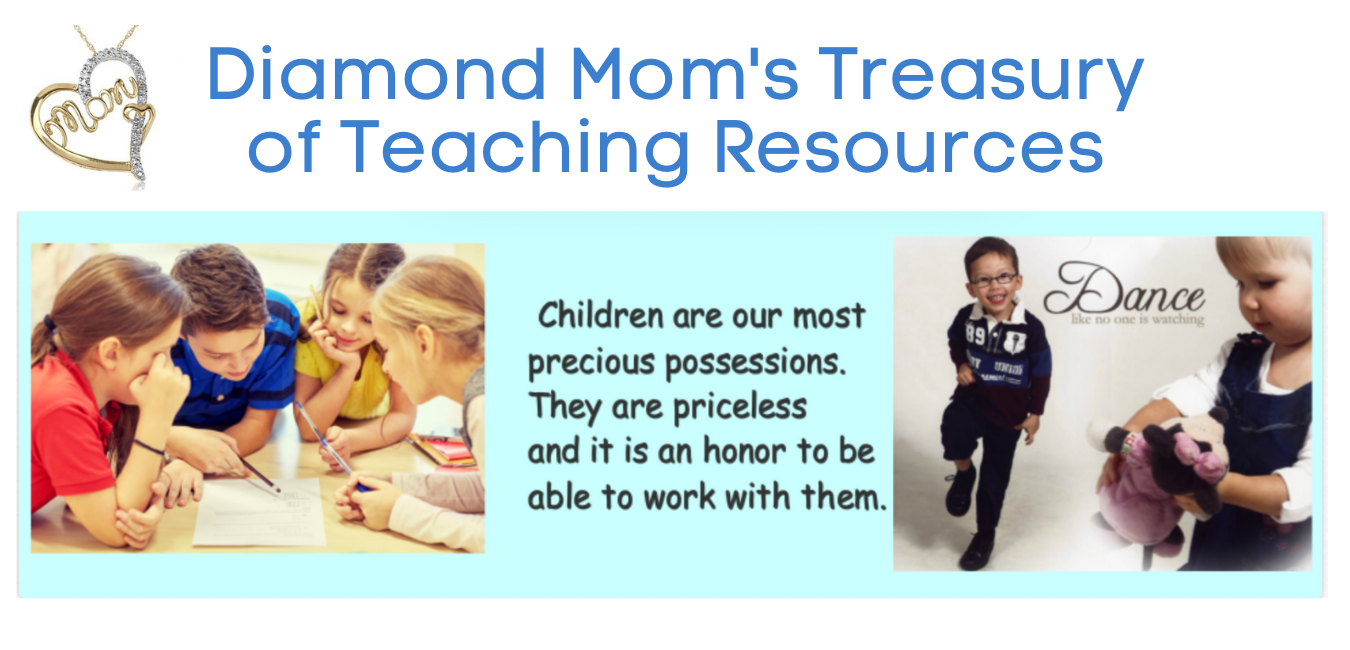
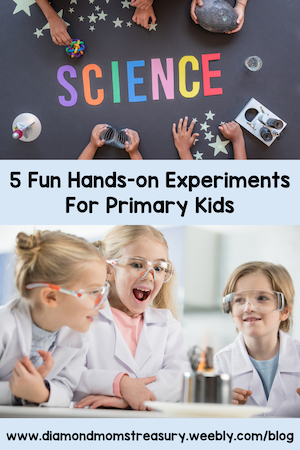
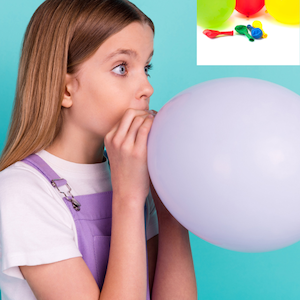
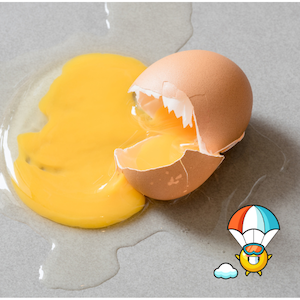
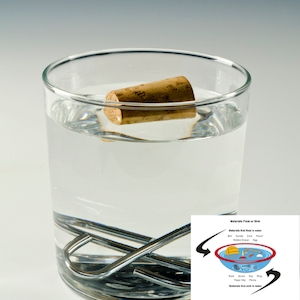
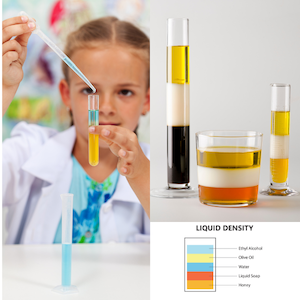
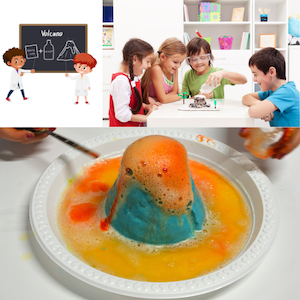

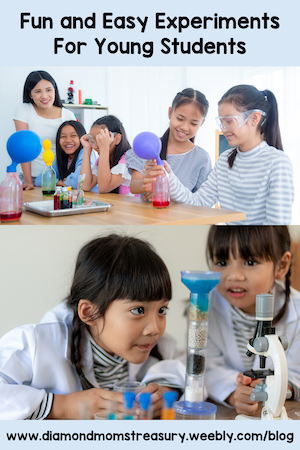

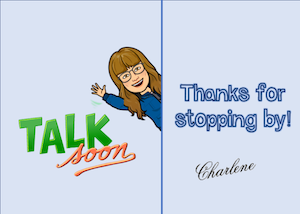




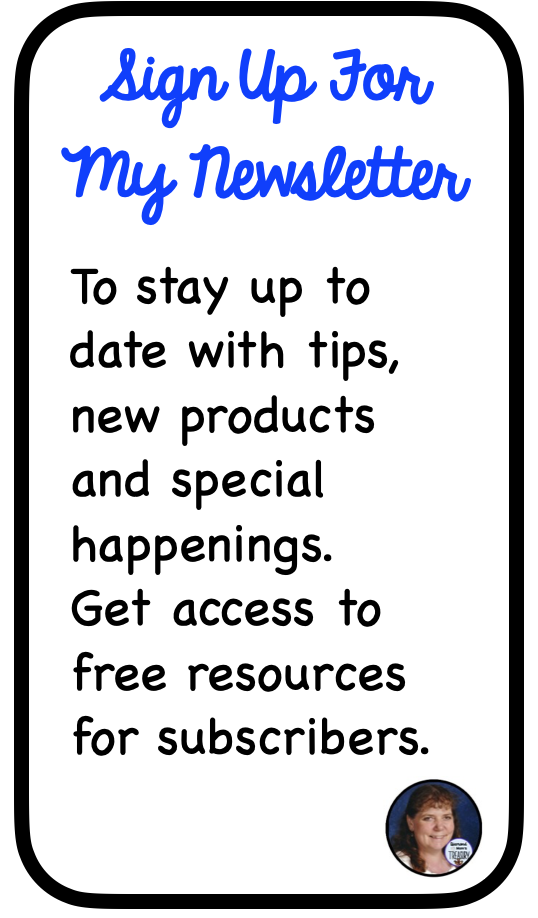
 RSS Feed
RSS Feed